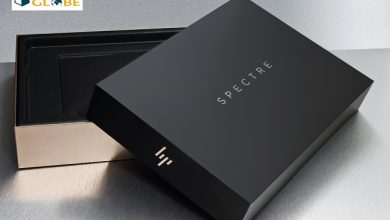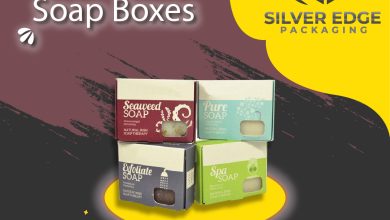
No matter if it’s a bottle of fine wine or the latest high-tech smartphone, the new product in town will make sure it’s protected. The newly-adopted member of the shipping protection family, Air Cushion Packaging, has undoubtedly made a significant impact on the whole world.
Companies use several different types of packaging materials for protecting items and filling voids within packages. In the past, fillers such as peanuts were popular for packaging. Now, more and more businesses are opting for an eco-friendly alternative.
Air Cushion Packaging
The polyethylene used in air cushions is for packaging purposes. Electronics, pharmaceuticals, automobile components, and consumer products are among the many products packaged with plastic. It is a solution designed specifically for corrugated boxes and plastic film bags filled with air. In addition to offering quick packaging, it provides high levels of protection from all surfaces.
As a lightweight material, it offers high flexibility and can accommodate a variety of products in the same packaging format, and reduce the requirement for additional fitments. Examples are air packing cushions and bubble pillows. A typical specification is 200 * 100mm, 200 * 130mm, 200 * 150mm, 200 * 200mm, or 200* 250mm. Its main function is to bridge gaps between packaging containers and the product to prevent it from shaking during transportation and colliding with other objects. Air cushion wrapper is the most flexible packaging material available. It is remarkably flexible and robust. It means that nothing can go wrong with the products.
Example of Air Cushion:
Amazon, the largest e-commerce company, is leading by example by switching to air cushions. The low cost and ease of use have led to Amazon’s remarkable success with this move. A change by Amazon has led to a large number of consumers becoming interested in the packaging material. Consumers no longer have to struggle with overly complicated, bulky, or difficult-to-open packaging. As a result, customers discover packages in perfect condition, haven’t moved, and are in the middle of the package!
According to the report released by Astute Analytica, the global air cushion packaging market is forecast to grow at a compound annual growth rate (CAGR) of more than 5% during the forecast period 2021-2027. The growing demand for secondary packaging will drive the market for air cushion packaging in the future. Several industries utilize these kinds of packaging for assembling and protecting end-user products during storage, including the food, beverage, and cosmetic industries. Air cushion protection is therefore becoming more vital to packaging protection. In addition to providing flexibility in different packaging products, air cushions provide a low requirement for additional attachments. As a result, air cushion packaging will continue to grow in the future.
Why is Air Cushion a safe packaging solution?
The advantages of using air cushions over other packing materials such as packing peanuts, packing paper, and bubble wrap are numerous. Find out why air cushions are a viable choice for the business by browsing the list below:
Protection of products: The first step in seeking continuous improvement and streamlining processes is to reduce product damage during shipment. An air cushion provides excellent transit protection by helping to keep the product from rubbing against the edge of a rigid outer package. Air cushions prevent the item from moving within the box, unlike bubble wrap, packing peanuts, or paper fillers. In addition, the company can pack air cushions both above and around a product for a total guarantee of protection. Other than an impact-resistance feature, cushions generally contain non-abrasive materials. The product will arrive fresh and shiny as it did when it left the facility.
A Green Alternative: Packaging peanuts and Styrofoam, which are non-recyclable and often contain dyes. In fact, many disposal companies are no longer accepting the disposal of packaging peanuts due to their complex disposal and their negative environmental impacts.
A material common for making air cushions is high-density polyethylene (HDPE), a recyclable material. In terms of packaging requirements, air cushions seem like the best choice for filling voids. Easy to use, cheap to use, excellent for protecting products, easily disposed of, and eco-friendly.
Affordability: The low weight of air pillows will decrease freight costs since they add practically no weight to shipments. Filling them is quick and easy on-demand, which means they will take up a lot less floor space in the facility. Ultimately, air packaging can save a business a lot of money. The material can reduce the logistics, transport, handling, and storage costs.
Easily tear apart: Perforations between each cushion enable them to remove, replace them easily and quickly. Reducing material waste is a crucial element of improving business efficiency and can result in impressive savings at the bottom line. The distributors aren’t the only ones who benefit from air cushions. Customers also appreciate the ease of opening and the ease of disposal. It’s messy to clean up and dispose of insulation peanuts due to their tendency to stick to everything and easily break into smaller pieces due to static electricity.
Read about the Remarkable growth of the direct-to-consumer coffee business during the COVID-19 pandemic





